WHY SUPER8? Despite the many options for shooting a short film, or longer on video, MiniDV, Digital, or 16mm, many people consider Super8 film a viable alternative to these formats.
Without going over the pro’s and con’s of the various formats, details of which are plentiful on the internet, Super8 enables the film maker to shoot often sharp footage, with good colour reproduction or tones, if shooting B&W.
Cameras often are cheap, reliable, and easy to purchase. The more options a camera has the greater the cost, however, basic cameras can often be just as good. Bell’s and whistle’s over 20 to 30 years can become unreliable. A good camera can be purchased for as little as $20 in a second hand shop or on ebay, similarly high-end cameras with many options can be purchased from $70 to $2000. Cameras have different capabilities, the internet is a great resource for finding information on lens types, in-camera effects, camera noise, and low light shooting capabilities.
Most Super8 cameras take AA batteries, unlike 16mm cameras of other formats whose batteries may require an expensive replacement or rebuild.
SUPER8 FILM STOCK There are many film stocks available in Australia, mostly negative Kodak stocks, but there are also many companies importing reversal stocks in both colour and B&W.
Reversal film means you can put it in a film projector and see it immediately once it has been processed. This is the cheaper film to use.
Negative film cannot be projected and is best suited to immediate transfer to digital media such as a hard disk drive or MiniDV once processed. Negative footage is often of superior quality, and only moderately higher in cost all up, for an Australian film maker. This stock is best purchased, processed, and telecined as a package deal by local or international labs. Bear in mind the higher cost in using labs outside Australia, often labs require courier delivery
D.I.Y SUPER8 PROCESSING Many people actively process their own film using chemicals purchased locally. Home processing will on average halve processing costs. However, this method is most successful after lots of practice, as lack of experience may lead to poor results. Lomo processing tanks are popular and available via Ebay for a reasonable cost. Home-built processing tanks are also popular alternatives, a good example is shown HERE.
TRANSFERING SUPER8 FILM There are a variety of transfer systems available to the Australian Film Maker. While all developing labs offer the service, a search of the internet will reveal many companies offering transfers. Prices vary between $400 to $500 per hour for broadcast quality to $20 to $30 per 50ft film roll for computer editing.
Types of transfer differ also, for the non-studio film maker, transfers differ from rank to frame by frame to aerial image. These methods differ in final output, and cost. It is worth getting quotes beforehand. There are also many different transfer machines and techniques being used with varying degrees of skill. Talk to the company about what transfer suits your needs.
CORRECTING SUPER8 FILM DIGITALLY On occasion film footage may either be poorly shot or transferred. Colours might be off key, jittery image, or incorrect brightness. By using computer programs like VirtualDub Film9 and Avisynth, old jittery footage can take on a whole new life with rich colours and steady images.
The above picture is a side by side example of what Avisynth can do for old footage. To watch the video, click HERE
18 OR 24 FRAMES PER SECOND? Most cameras can shoot at both speeds. Shooting film at certain speeds affects the way footage looks when projected. Film shot at 9fps will be sped up when projecting. Film shot at 36fps will slow down when projected. Shooting 18 Frames Per Second gives you more footage to shoot with, but gets blurred when panning sideways or shooting fast action. Shooting 24fps reduces the amount of footage you have to shoot, but reduces blurr when panning or shooting action. Shooting at either speed will not affect telecine.
36fps=1.40 minutes per cartridge
24fps=2.30 minutes per cartridge
18fps=3.20 minutes per cartridge
09fps=6.40 minutes per cartridge
WHAT IS FLICKER? Flicker is when projected or telecined films appear to "jitter". When projecting, simply increase the speed of the projector. Flicker in telecine only really effects 29fps (NTSC) countries, as Australia is 24fps (PAL), it is a non-issue in Australia.
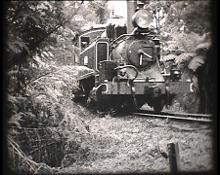
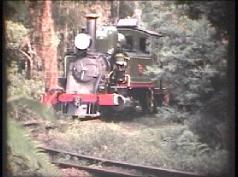
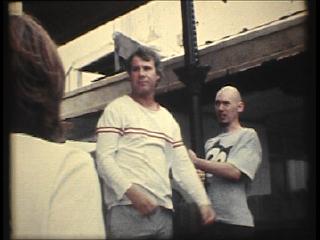
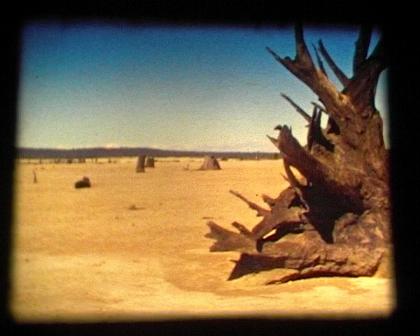
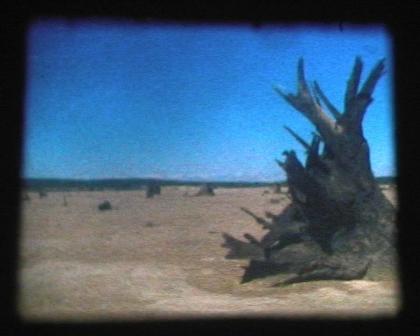
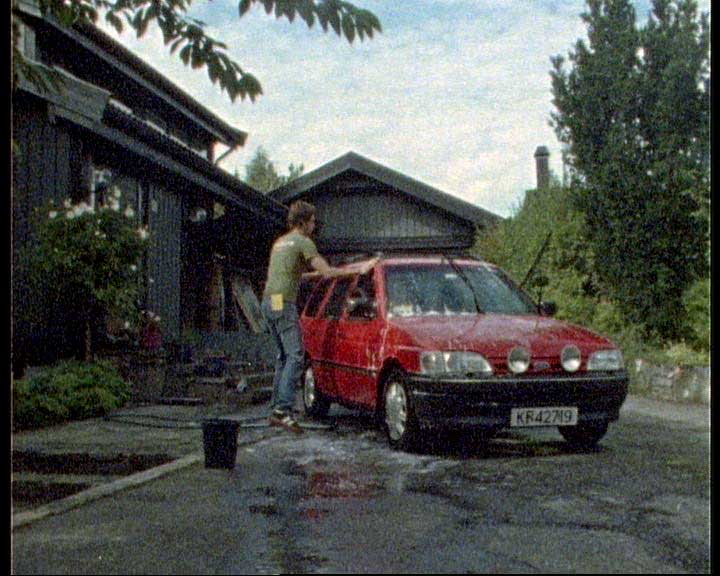
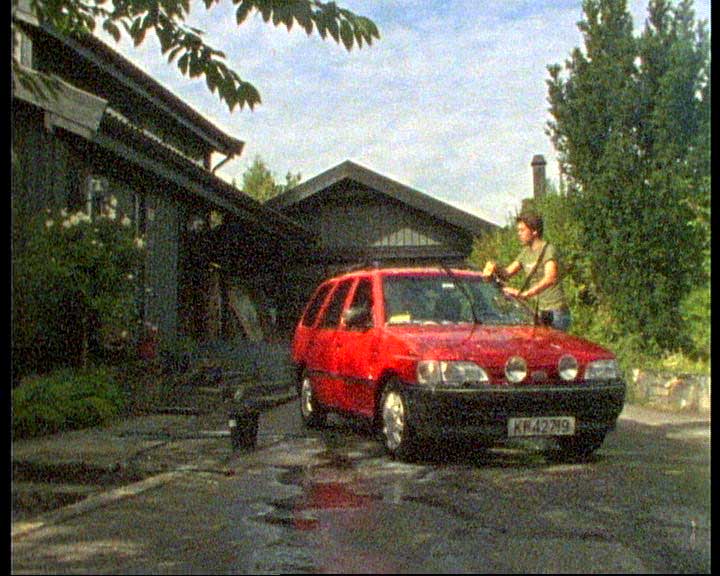
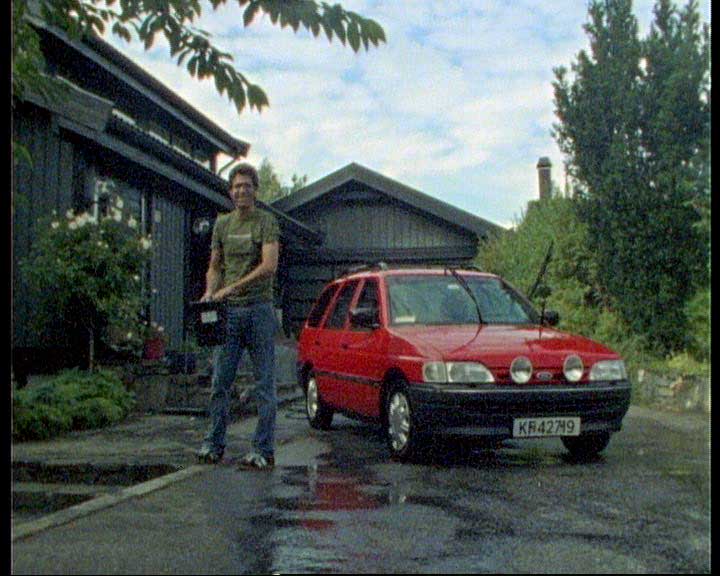
DISCLAIMER:
This is a Copyright Disclaimer under section 107 of the Copyright Act of 1976, allowance is made for “fair use” for purposes such as criticism, comment, news reporting, teaching, scholarship, education and research. Fair use is a use permitted by copyright statute that might otherwise be infringing. Fair Use permits limited use of copyrighted material without having to first acquire permission from the copyright holder. Fair use is one of the limitations to copyright intended to balance the interests of copyright holders with the public interest in the wider distribution and use of creative works by allowing as a defence to copyright infringement claims certain limited uses that might otherwise be considered infringement. The creator of this website declares that information and photographs copied from other websites and placed here is solely for the purpose of education and research. The creator of this website does not earn money from information published here. The creator of this website always references, where possible, the original creator of work that is published here. If any person wants to dispute this, and/or believes the creator of this website has infringed on a person's copyrighted creative material, please email me at mishkin.film@gmail.com
This email address is checked frequently.